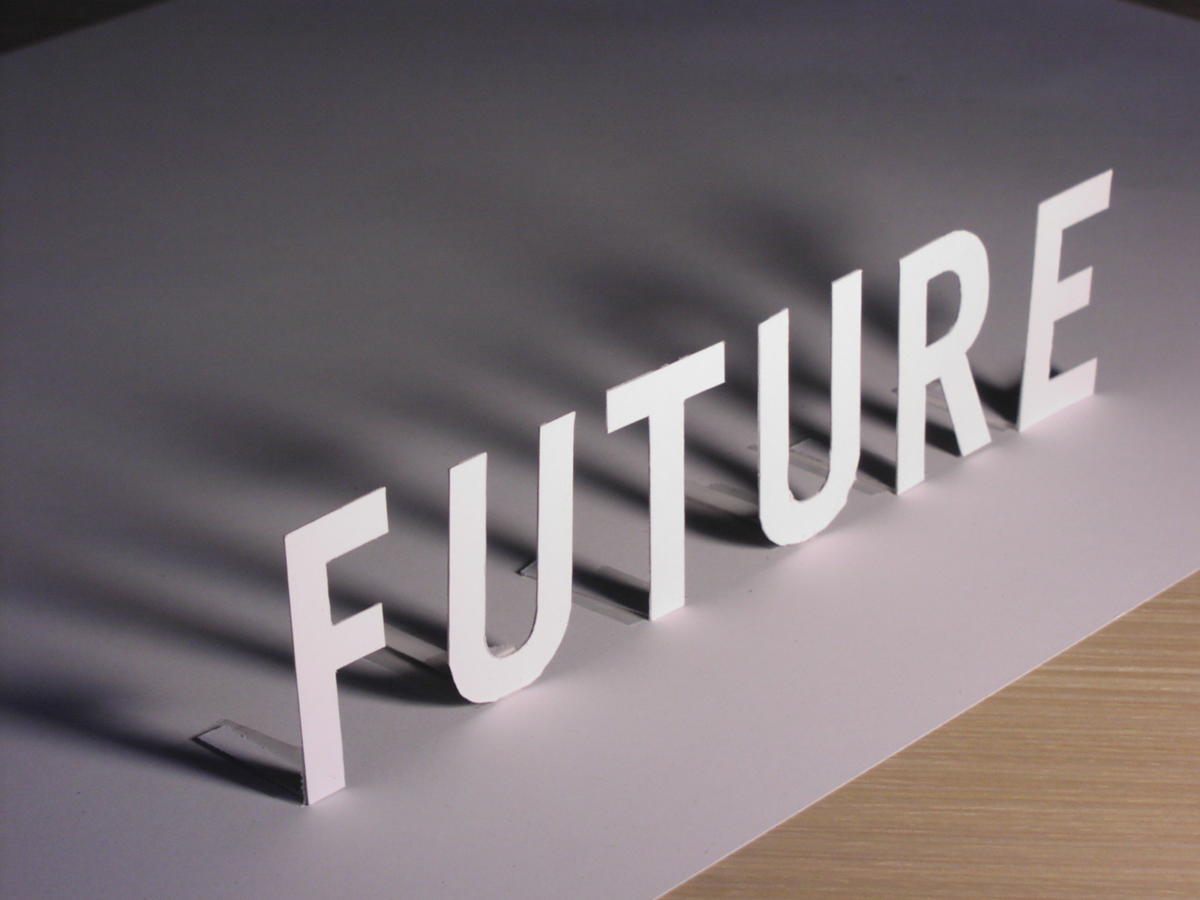We're reaching the point where IoT devices are widely available, but still command a premium (connected Bosch appliances cost $300 more than unconnected, for example). Pretty soon dishwashers will be instrumented by default. Developer kits are available now.
A parallel can be drawn between IoT and the early day of the computer. As the microprocessor became widely available, so did boxes to put them in, and people started writing operating systems. Standards began to emerge.
The IT industry is nothing if not predictable: In other words, the silly show starts right about now. Vendors will try to corner the market by creating their own proprietary systems—total solutions from the hardware to the operating system. Some of these systems will serve a single purpose: security, audiovisual/home theater control, and so on.
In the end, however, the proprietary and specialty operating systems will give way to more general systems that incorporate additional devices and offer open access. Vendors who don’t support this strategy will follow the path of Sun, DEC, and the TRS-80. As the devices and technology become widespread, they’ll start charging less of a premium and eventually roll out low-end models. In fact, some of this price reduction and market saturation has already happened in Europe, where there's wider support for IoT devices as a means of energy conservation.
Operating systems, however, aren’t the main market. Again the parallel with PCs is unmistakable: Applications are the primary market. Some of these applications are obvious, and some are yet to emerge.
- Energy conservation: Many houses already have programmable thermostats,. Moreover, everything from your dishes, laundry, and hot water can be timed, monitored, and managed for maximum energy conservation.
- Security: Letting in the repairman for temporary access or your young teenager when the school bus gets home may be more than a nice-to-have. Knowing if that young teen leaves the house with or without their cellphone (that you presumably track) is also a nice feature.
- Safety: For parents of young kids, rather than having those stupid socket covers, simply disabling sockets until you actually plan to use them or disabling the gas stove could be a key feature. Also, you might prevent the door from locking if you don’t have at least your keys or cellphone.
- Luxury: You may want to set the scene when you walk into the house with the perfect lighting level and the right background music. You may want voice commands to control your lighting, bathwater, and so on. I’m sure there will be options for optimal doggy comfort for those people who clothe their pets.
- Analytics: You'll be able to figure the exact temperature of your range when you perfectly fried your steak (or in my case, tofu) or the right temperature and barometric range for you to feel comfortable yet conserve energy.
The American dream of a white picket fence around your single-family home and yard is dying and is doomed. The future of IoT isn’t really in home automation of everyone’s private McMansion, but in the automation of apartment complexes, commercial buildings, and eventually entire cities.
This is where the most value can be found anyhow. The more interesting analytics are when you can survey the crowd and not merely a single family’s data points. This again mirrors the PC revolution, from the office and home to the enterprise and internet.
We’re about to enter a phase of operating system wars and exactly how much goes in the cloud (how much functionality you lose in a fiber cut or AWS outage) versus on-prem, but after this is the great frontier of applications and analytics. The history is already written, and all that remains is our memory of tomorrow. For developers, it's probably time to get creative and start thinking about exactly what interesting apps we can write.
(Full disclosure: A startup that I advise, Open Remote, can be said to play in both the IoT operating system and application market.)






